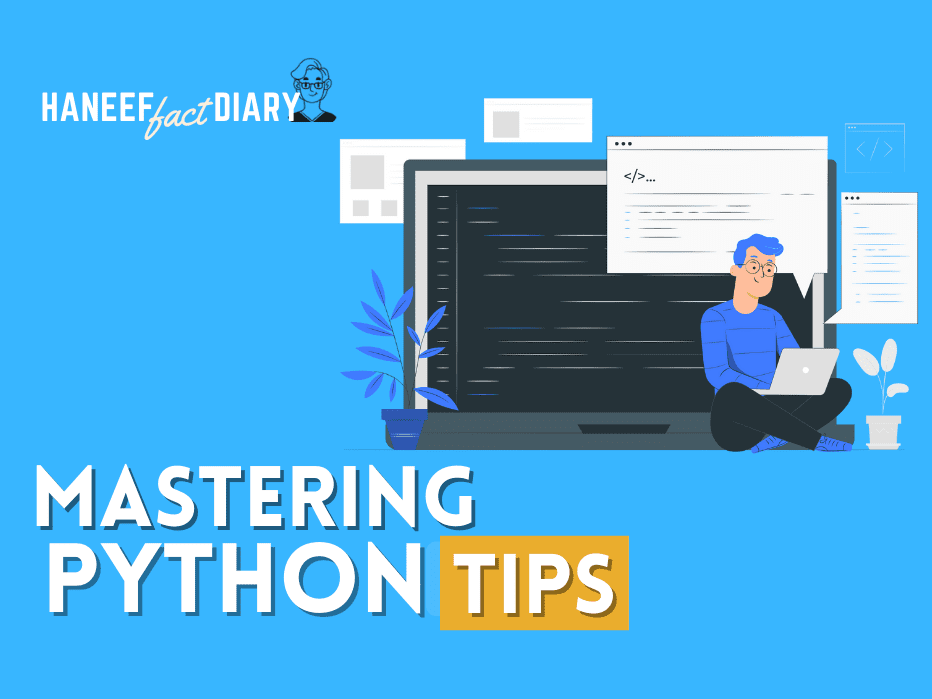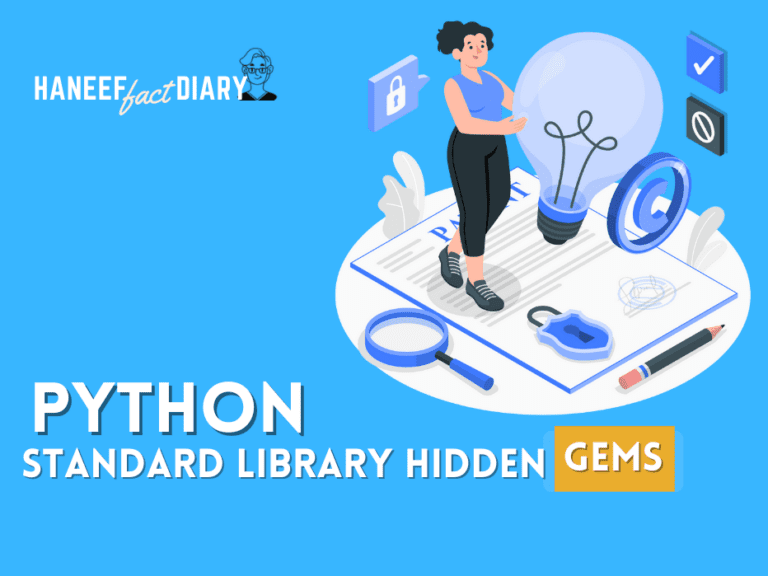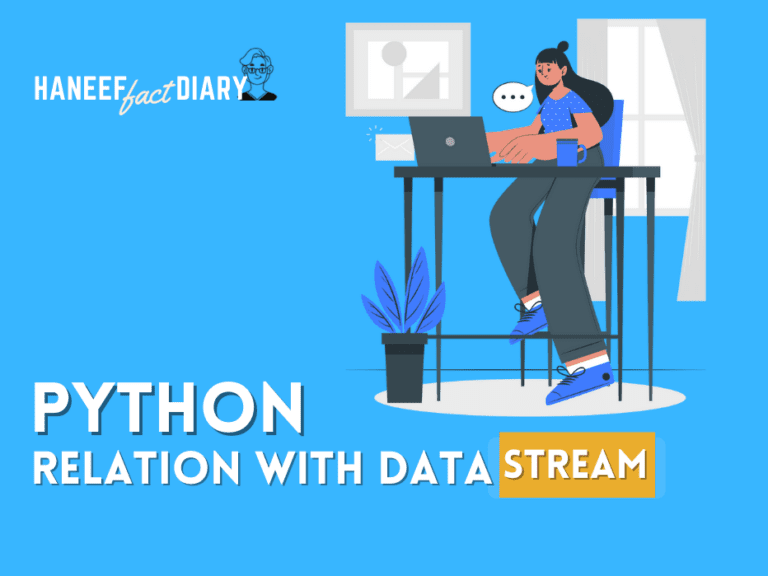Mastering Python: A Comprehensive Guide for Beginners and Experienced Developers
Introduction:
Python is a versatile and popular programming language that is widely used in a range of industries and applications. Whether you’re a beginner looking to get started with Python or an experienced developer looking to take your skills to the next level, this comprehensive guide will help you master the language and become proficient in using it to solve real-world problems.
Getting Started with Python
- Installing Python and setting up a development environment
- Basic syntax and data types: variables, strings, lists, dictionaries, tuples, and sets
- Flow control: if statements, for loops, and while loops
- Functions: defining, calling, and returning values
Working with Data in Python
- File input and output: reading and writing files, using the
csvmodule - Parsing and processing data: using regular expressions, the
jsonmodule, and thexmlmodule - Working with data structures: lists, dictionaries, sets, and tuples
- Sorting and searching data: using built-in functions and the
sortedfunction
Object-Oriented Programming in Python
- Defining classes and creating objects
- Inheritance and polymorphism
- Special methods:
__init__,__str__, and others - Working with class attributes and instance variables
Advanced Python Features and Techniques
- Iterators and generators: using the
yieldkeyword to create custom iterators - Decorators: modifying the behavior of functions with decorators
- Context managers: using the
withstatement to manage resources - Functional programming: using the
functoolsandoperatormodules
Working with Modules and Packages in Python
- Importing and using modules from the Python standard library and third-party libraries
- Creating and using custom modules and packages
- Organizing code into logical units with modules and packages
Debugging and Testing Python Code
- Debugging techniques: using print statements, the
pdbdebugger, and IDEs - Writing and running unit tests: using the
unittestmodule and test-driven development - Handling exceptions: using
tryandexceptstatements
Data Science with Python
- Introduction to data science: working with data sets, data visualization, and statistical analysis
- Working with data in Python: using the
pandaslibrary for data manipulation and analysis - Machine learning: using the
scikit-learnlibrary for training and evaluating models - Data visualization: using the
matplotlibandseabornlibraries to create charts and plots
Web Development with Python
- Introduction to web development: HTTP, HTML, CSS, and JavaScript
- Using Python for web development: frameworks like Django and Flask
- Working with databases: using SQL and ORMs like SQLAlchemy
- Creating and consuming APIs: using the
requestslibrary and creating REST APIs
Python for DevOps and System Administration
- Automating tasks: using Python for system administration and DevOps tasks
- Working with the command line: using the
subprocessmodule and shell scripts - Networking with Python: using sockets and the `urll




